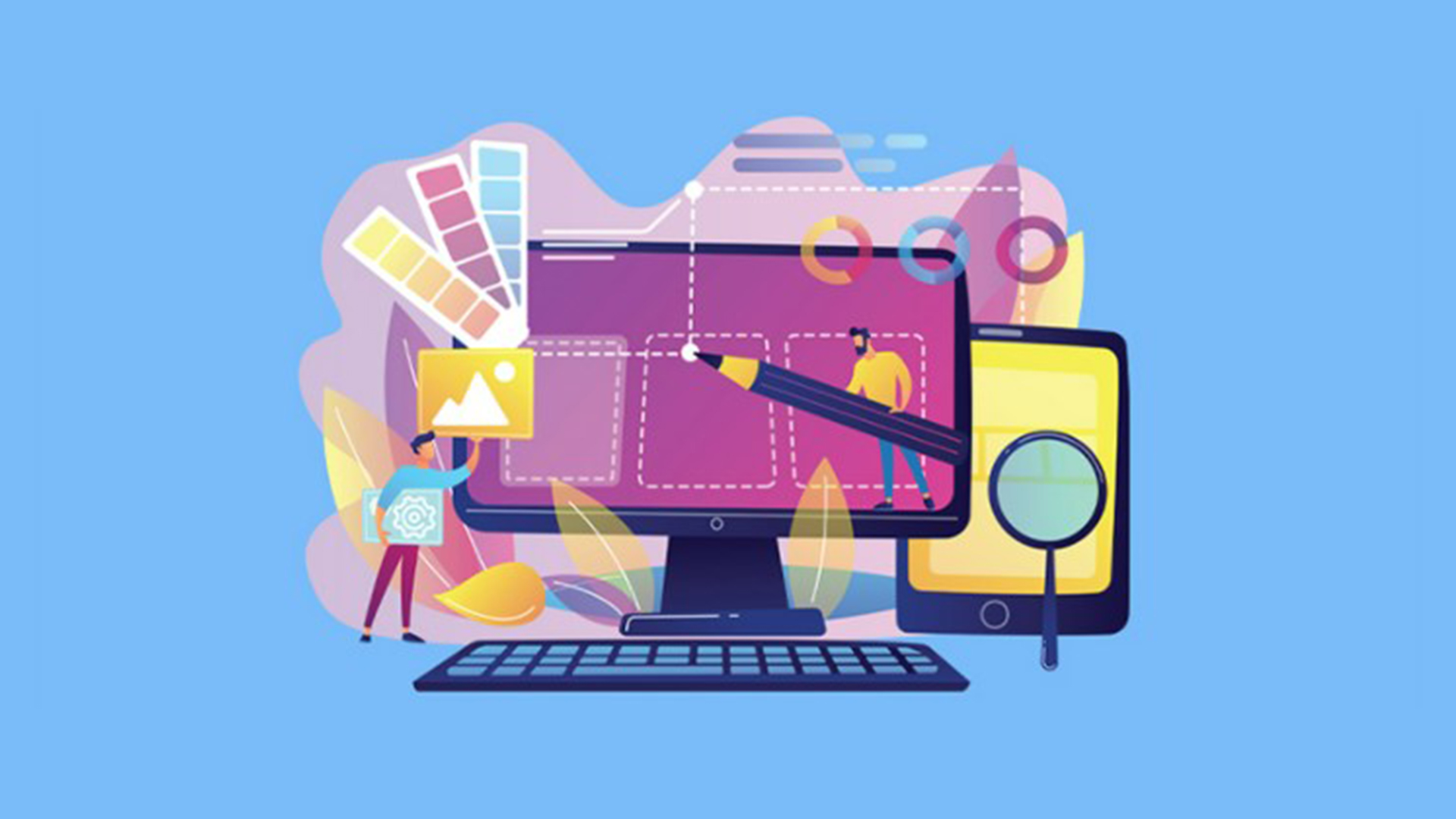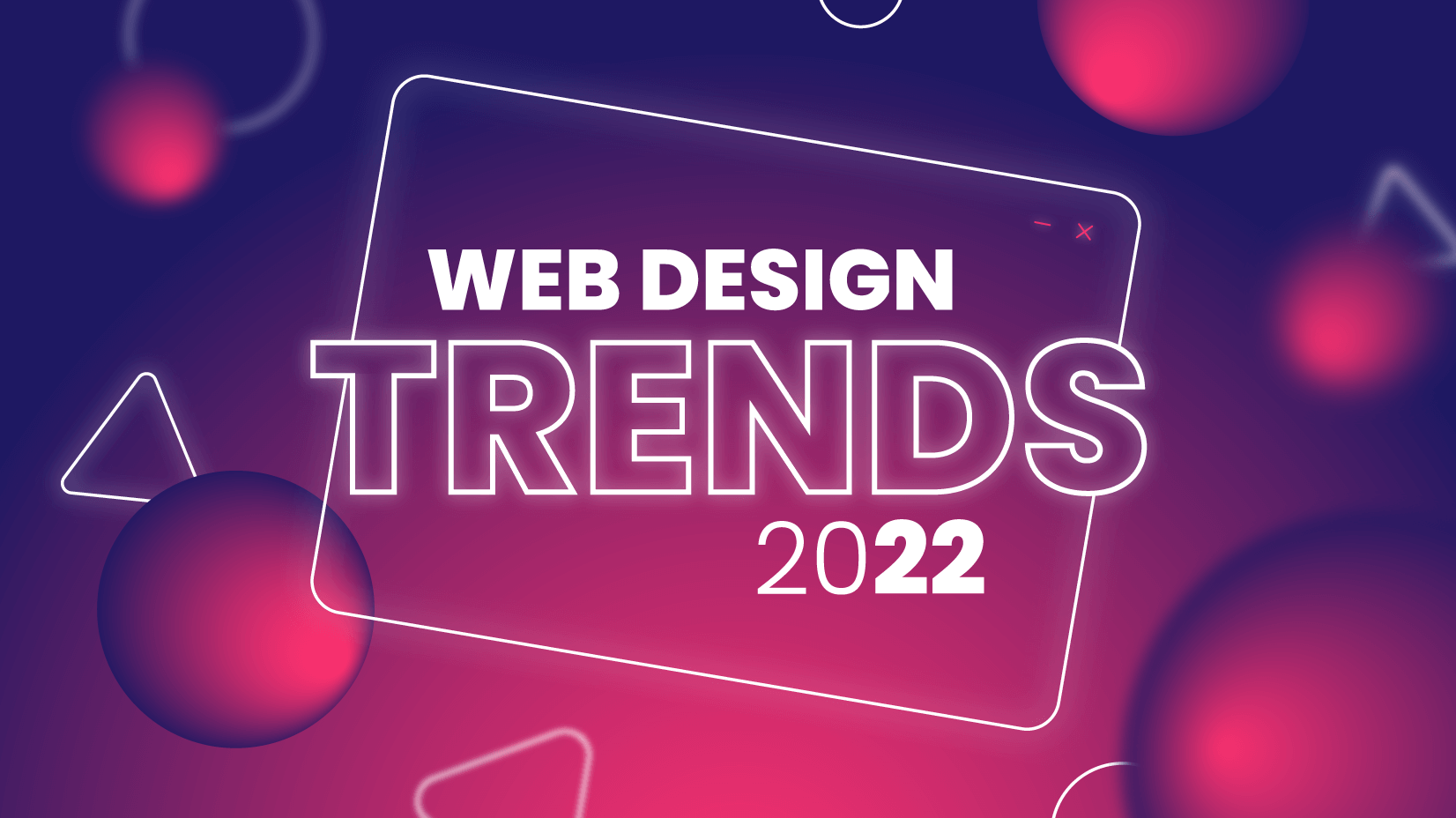All Categories
Featured
Table of Contents
- – Web Design Services - Verizon Small Business E...
- – Learn Responsive Design - Web.dev Tips and Tr...
- – The Top 10 Most Important Elements Of A Websi...
- – Web Designer: Learn The 9 Skills You Need In ...
- – What Can I Do With A Web Design And Developme...
- – Web Design Services - Verizon Small Business ...
- – What Is Web Design? A Comprehensive Guide - ...
- – Responsive Web Design Certification - Freeco...
- – Design Principles - U.s. Web Design System (...
- – Design Principles - U.s. Web Design System (...
- – Web Design Vs. Web Development - Upwork Tips...
Web Design Services - Verizon Small Business Essentials Tips and Tricks:
Quick summary Functionality and the utility, not the visual style, identify the success or failure of a website. Since the visitor of the page is the only person who clicks the mouse and therefore chooses everything, user-centric style has actually established as a basic technique for successful and profit-oriented website design - web design frederick md.
and the energy, not the visual design, determine the success or failure of a website. Given that the visitor of the page is the only individual who clicks the mouse and for that reason decides whatever, user-centric design has actually become a basic approach for effective and profit-oriented web design. If users can't use a function, it may as well not exist.
g. where the search box should be positioned) as it has already been done in a number of short articles; instead we focus on the techniques which, utilized correctly, can result in more sophisticated style decisions and streamline the process of viewing presented information. Please discover that you may be interested in the usability-related articles we have actually published prior to: Concepts Of Excellent Website Style And Effective Website Design Standards, In order to use the principles correctly we first need to understand how users communicate with websites, how they believe and what are the fundamental patterns of users' behavior.
Learn Responsive Design - Web.dev Tips and Tricks:
Visitors glance at each brand-new page, scan some of the text, and click the first link that catches their interest or vaguely looks like the thing they're trying to find. There are large parts of the page they don't even look at. Most users look for something interesting (or helpful) and clickable; as soon as some promising prospects are found, users click.
If a page provides users with top quality material, they are ready to compromise the content with ads and the style of the website. This is the reason that not-that-well-designed websites with top quality content gain a great deal of traffic over years. Material is more crucial than the design which supports it.

Users do not check out, they scan. Notification how "hot" locations abrupt in the middle of sentences. This is common for the scanning process. Very basic concept: If a site isn't able to satisfy users' expectations, then designer failed to get his task done appropriately and the business loses cash. The greater is the cognitive load and the less user-friendly is the navigation, the more prepared are users to leave the site and search for alternatives.
The Top 10 Most Important Elements Of A Website Design Tips and Tricks:
Neither do they scan web page in a direct style, going sequentially from one website area to another one. Instead users satisfice; they choose the very first affordable option. As quickly as they discover a link that looks like it may result in the objective, there is an excellent chance that it will be right away clicked.
It doesn't matter to us if we comprehend how things work, as long as we can use them. If your audience is going to imitate you're designing signboard, then style excellent billboards." Users desire to have the ability to manage their web browser and depend on the constant information presentation throughout the website.
If the navigation and website architecture aren't user-friendly, the variety of concern marks grows and makes it harder for users to comprehend how the system works and how to get from point A to point B. A clear structure, moderate visual ideas and quickly recognizable links can help users to discover their path to their objective.
Web Designer: Learn The 9 Skills You Need In 2022 - Skillcrush Tips and Tricks:

claims to be "beyond channels, beyond items, beyond distribution". What does it indicate? Given that users tend to check out sites according to the "F"-pattern, these 3 declarations would be the first aspects users will see on the page once it is filled. The style itself is basic and instinctive, to comprehend what the page is about the user needs to search for the answer.
When you've accomplished this, you can communicate why the system works and how users can take advantage of it. Individuals won't utilize your website if they can't discover their way around it. 2. Don't Squander Users' Perseverance, In every job when you are going to use your visitors some service or tool, try to keep your user requirements minimal.
First-time visitors are prepared to, not filling long web forms for an account they might never ever utilize in the future. Let users explore the site and find your services without requiring them into sharing personal data. It's not affordable to require users to enter an e-mail address to evaluate the feature.
What Can I Do With A Web Design And Development Degree? Tips and Tricks:
Stikkit is a best example for an user-friendly service which requires practically nothing from the visitor which is inconspicuous and reassuring. Which's what you desire your users to feel on your web site. Obviously, Termite requires more. Nevertheless the registration can be done in less than 30 seconds as the kind has horizontal orientation, the user does not even need to scroll the page.
A user registration alone suffices of an obstacle to user navigation to minimize incoming traffic. 3. Manage To Focus Users' Attention, As sites offer both static and dynamic content, some aspects of the interface bring in attention more than others do. Clearly, images are more distinctive than the text simply as the sentences marked as strong are more attractive than plain text.
Focusing users' attention to specific locations of the website with a moderate use of visual elements can help your visitors to get from point A to point B without thinking about how it in fact is expected to be done. The less concern marks visitors have, the they have and the more trust they can develop towards the business the site represents.
Web Design Services - Verizon Small Business Essentials Tips and Tricks:
4. Make Every Effort For Function Exposure, Modern website design are usually criticized due to their method of assisting users with visually appealing 1-2-3-done-steps, large buttons with visual results and so on. But from the design perspective these aspects really aren't a bad thing. On the contrary, such as they lead the visitors through the website material in a really basic and user-friendly way.
The website has 9 main navigation options which are visible at the first glance. What matters is that the material is well-understood and visitors feel comfy with the method they connect with the system.
com gets straight to the point. No charming words, no overemphasized declarations. Rather a cost: simply what visitors are searching for. An optimum service for reliable writing is touse short and succinct expressions (come to the point as quickly as possible), usage scannable layout (categorize the material, use multiple heading levels, utilize visual elements and bulleted lists which break the flow of consistent text blocks), use plain and objective language (a promotion does not need to sound like advertisement; provide your users some reasonable and objective reason why they need to use your service or remain on your site)6.
What Is Web Design? A Comprehensive Guide - Wix.com Tips and Tricks:
Users are hardly ever on a site to take pleasure in the design; in addition, in the majority of cases they are looking for the details in spite of the design - web design frederick md. Aim for simpleness instead of complexity. From the visitors' perspective, the best site design is a pure text, without any ads or additional content blocks matching precisely the inquiry visitors utilized or the material they have actually been looking for.
Finch clearly presents the information about the website and provides visitors a choice of alternatives without overcrowding them with unnecessary material. 7. Don't Hesitate Of The White Space, In fact it's really hard to overestimate the value of white area. Not only does it assist to for the visitors, but it makes it possible to view the details provided on the screen.
Complex structures are more difficult to check out, scan, analyze and work with. If you have the choice between separating two design segments by a noticeable line or by some whitespace, it's usually better to utilize the whitespace option. (Simon's Law): the better you manage to provide users with a sense of visual hierarchy, the much easier your content will be to view.
Responsive Web Design Certification - Freecodecamp.org Tips and Tricks:
The same conventions and guidelines must be applied to all elements.: do the most with the least quantity of hints and visual components. Clarity: all elements need to be developed so their meaning is not ambiguous.
Conventions Are Our Buddies, Conventional design of website aspects doesn't result in a dull website. In reality, as they decrease the finding out curve, the need to find out how things work. For circumstances, it would be a functionality problem if all websites had various visual presentation of RSS-feeds. That's not that various from our routine life where we tend to get utilized to basic principles of how we organize data (folders) or do shopping (positioning of items).
comprehend what they're anticipating from a website navigation, text structure, search positioning etc. A case in point from functionality sessions is to translate the page in Japanese (assuming your web users do not know Japanese, e. g. with Babelfish) and offer your functionality testers with a task to discover something in the page of various language.
Design Principles - U.s. Web Design System (Uswds) Tips and Tricks:
Test Early, Test Typically, This so-called TETO-principle ought to be used to every web design job as use tests frequently supply into significant issues and issues related to an offered design. Test not too late, not too little and not for the incorrect reasons.
Some essential indicate keep in mind: according to Steve Krug, and testing one user early in the job is better than testing 50 near the end. Accoring to Boehm's first law, mistakes are most regular throughout requirements and style activities and are the more expensive the later on they are gotten rid of.
That indicates that you design something, test it, repair it and after that test it again. There might be issues which haven't been discovered throughout the preliminary as users were practically obstructed by other issues. use tests. Either you'll be pointed to the issues you have or you'll be pointed to the absence of major style defects which is in both cases a beneficial insight for your job.
Design Principles - U.s. Web Design System (Uswds) Tips and Tricks:

This holds for designers too. After you have actually dealt with a website for few weeks, you can't observe it from a fresh viewpoint anymore. You know how it is built and therefore you know exactly how it works you have the wisdom independent testers and visitors of your site would not have.
It can be linked to other locations such as graphic design, user experience, and multimedia arts, but is more appropriately seen from a technological standpoint. It has actually ended up being a large part of individuals's everyday lives. It is difficult to picture the Internet without animated graphics, different styles of typography, background, videos and music.

Throughout 1991 to 1993 the Internet was born. Text-only pages could be seen using an easy line-mode browser. In 1993 Marc Andreessen and Eric Bina, created the Mosaic browser. At the time there were multiple internet browsers, nevertheless the bulk of them were Unix-based and naturally text heavy. There had been no integrated method to graphic design elements such as images or noises.
Web Design Vs. Web Development - Upwork Tips and Tricks:
The W3C was created in October 1994 to "lead the World Wide Web to its full potential by developing common protocols that promote its evolution and ensure its interoperability." This prevented any one business from monopolizing a propriety browser and shows language, which could have altered the impact of the World Wide Web as a whole.
As this has actually occurred the innovation of the web has actually likewise moved on. There have likewise been considerable modifications in the method individuals use and access the web, and this has altered how sites are developed.
Learn more about Lovell Media Group LLC or TrainACETable of Contents
- – Web Design Services - Verizon Small Business E...
- – Learn Responsive Design - Web.dev Tips and Tr...
- – The Top 10 Most Important Elements Of A Websi...
- – Web Designer: Learn The 9 Skills You Need In ...
- – What Can I Do With A Web Design And Developme...
- – Web Design Services - Verizon Small Business ...
- – What Is Web Design? A Comprehensive Guide - ...
- – Responsive Web Design Certification - Freeco...
- – Design Principles - U.s. Web Design System (...
- – Design Principles - U.s. Web Design System (...
- – Web Design Vs. Web Development - Upwork Tips...
Latest Posts
Website Design - Best Ecommerce Web Design By Shopify Tips and Tricks:
Modern Website Designs - Best Web Page Designers Tips and Tricks:
Penner Home - Durham Web Design - Penner Web Design ... Tips and Tricks:
More
Latest Posts
Website Design - Best Ecommerce Web Design By Shopify Tips and Tricks:
Modern Website Designs - Best Web Page Designers Tips and Tricks:
Penner Home - Durham Web Design - Penner Web Design ... Tips and Tricks: